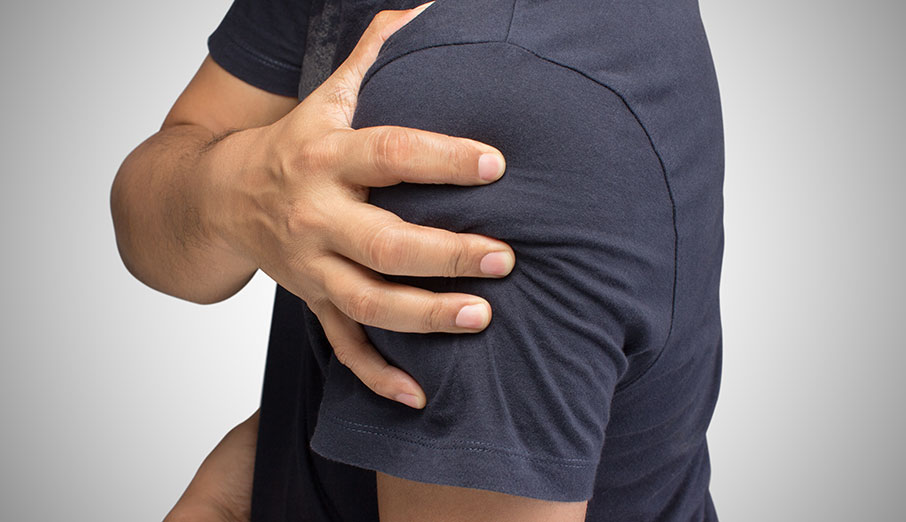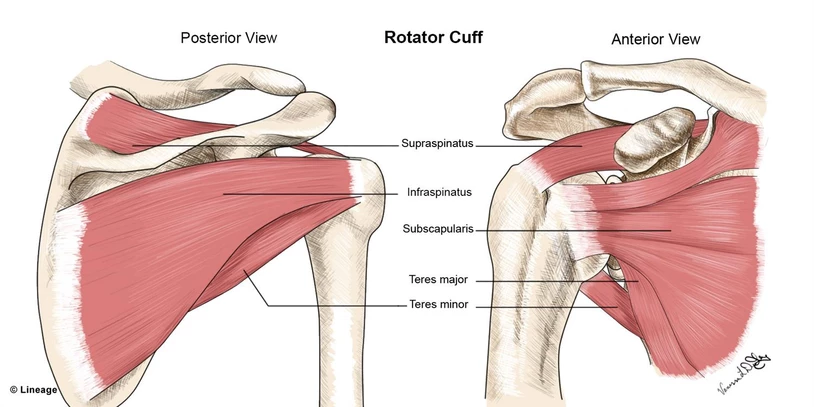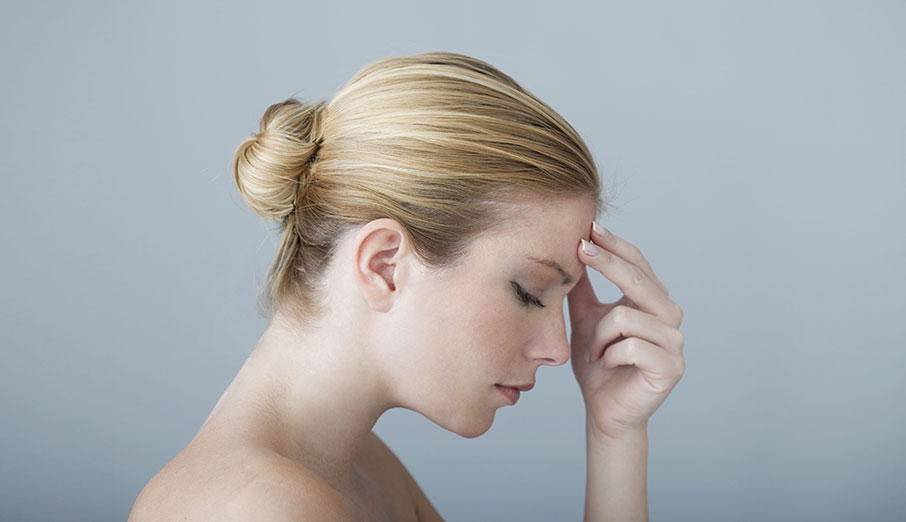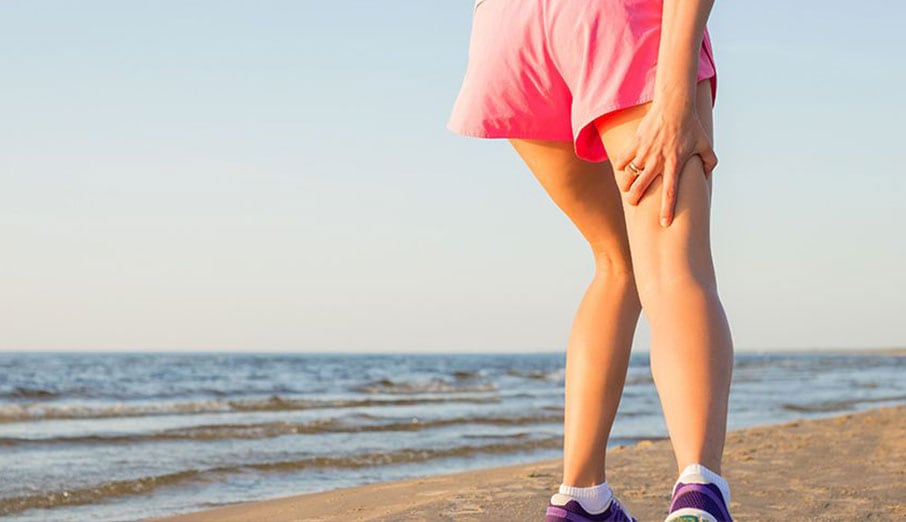The Importance of the Rotator Cuff
November 27, 2019
“Rotator cuff” is a phrase we come across often when talking about shoulder injuries. But what exactly is it, what does it do and how do we stop it from becoming injured?
The rotator cuff is the collective name given to four muscles in the shoulder:
- Supraspinatus
- Infraspinatus
- Subscapularis
- Teres minor

As the name suggests, these muscles rotate the shoulder (except the supraspinatus), with the infraspinatus and teres minor producing outward rotation, and the subscapularis producing inward rotation. However, the most important function of these muscles is their role in stabilising the shoulder.
Given the shoulder’s great degree of movement available in multiple planes, it is inherently less stable compared with other joints. To improve stability while still allowing this great degree of movement, the shoulder has a greater reliance on muscles to provide stability and less reliance on stabilisation from connective tissue structures compared with other joints. The rotator cuff muscles are the key muscles in terms of stabilising the shoulder.
How does this work?
The rotator cuff muscles originate at the shoulder blade and attach to the humerus. Their attachment to the humerus is fairly close to the shoulder joint line, and so the resting tone in the rotator cuff muscles helps pull the head of the humerus into the joint, stabilising it. In contrast, the deltoid and pec major attach further down the humerus, and so they pull the head of the humerus upwards (deltoid) or forwards (pec major).
The rotator cuff muscles, therefore counter forces which would move the the head of the humerus away from it’s socket. This includes internal forces from the deltoid pulling the head of the humerus upwards, and from the pec major pulling the head of the humerus forwards, as well as external forces acting on the head of the humerus (eg the arm being tractioned, a fall onto an outstretched arm etc).
All this means that good rotator cuff strength helps to prevent shoulder injuries, including dislocation, subluxation, fractures, subacromial bursitis and subcoracoid bursitis.
A strong rotator cuff is also less likely to suffer strain injuries or overuse tendinopathies, both of which are common causes of shoulder pain.

As the rotator cuff is made up of muscles, strenthening exercises are necessary to strengthen them. These can range from simple isometric exercises (where the muscles are engaged while the shoulder is kept still) which can help when the rotator cuff is particularly painful, to resistance exercises in a variety of positions which may replicate sport-specific actions. They can also range in terms of resistance and repetitions to target power, strength or endurance, depending on what is required.
As well as strengthening the rotator cuff muscles themselves, an important aspect of shoulder rehab or prehab includes assessing and improving the shoulder blade’s movement during shoulder movements. The shoulder blade provides the base from which the rotator cuff muscles arise and so optimal movement patterns are necessary to provide the most stable base possible from which for these muscles to work.
For help rehabbing shoulder injuries, or help in preventing them, come see our physiotherapist in Aubin Grove today!
-
 What Can Make Neck Pain a Headache?
What Can Make Neck Pain a Headache?
Often people experiencing a headache are also experiencing neck pain/tightness a...
-
 How Physio Can Help Your Headaches
How Physio Can Help Your Headaches
Headaches are no fun. Some people will only experience short-term headaches ever...
-
 Muscle Strains
Muscle Strains
Winter sports are back and with them come more muscle strains, particularly hams...
